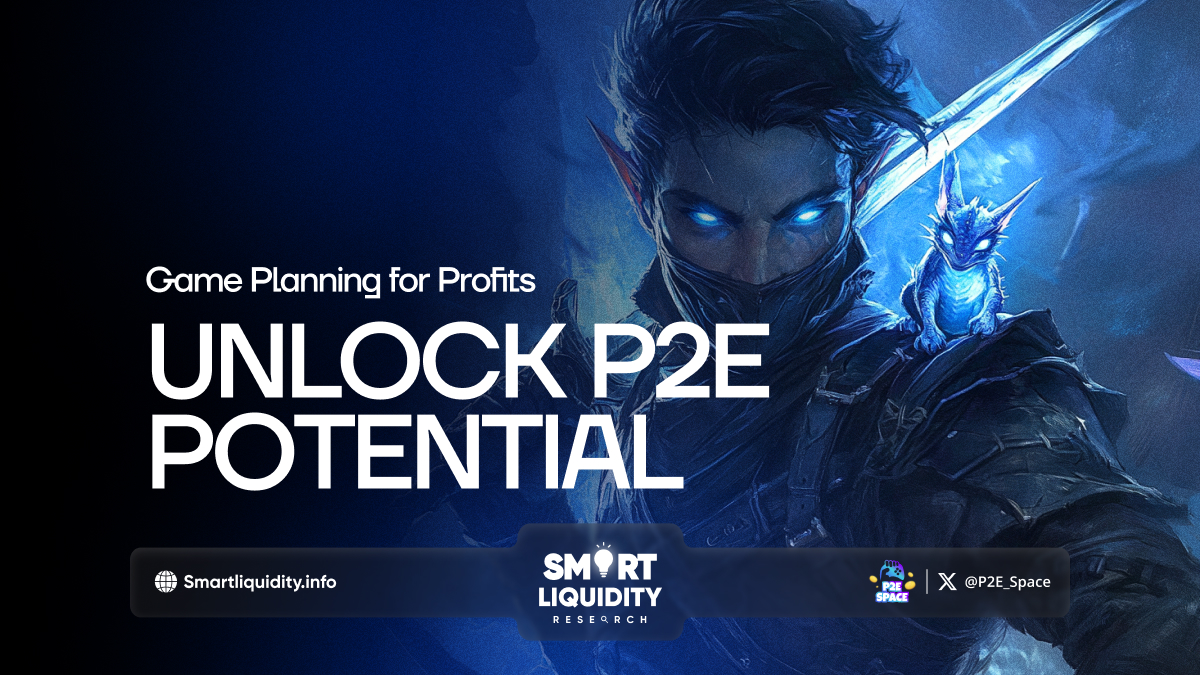Game Planning for Profits: Unlock P2E Potential


In the ever-evolving world of gaming, the rise of Play-to-Earn (P2E) models is transforming how games are designed and monetized. Game developers and entrepreneurs are discovering new ways to not only engage players but also generate significant profits. The key to unlocking this potential lies in strategic game planning that aligns with the unique demands and opportunities of the P2E landscape.
1. Understanding the P2E Model
The P2E model allows players to earn real-world value through their in-game activities, often via cryptocurrency or digital assets. This model creates a symbiotic relationship between developers and players: developers gain engaged users, while players can potentially earn financial rewards. To capitalize on this, developers must understand the mechanics of blockchain technology, smart contracts, and the integration of cryptocurrency into their games.
2. Designing for Engagement
Successful P2E games are not just about financial incentives but also about creating an engaging and enjoyable experience. Balancing gameplay with earning potential is crucial. Developers should focus on designing games that are fun and rewarding, ensuring that players are motivated to return frequently. Incorporating elements like rare items, achievements, and competitive gameplay can enhance player engagement and retention.
3. Economic Balancing
A well-planned in-game economy is vital for a P2E game’s success. Developers must ensure that the game’s economy is balanced, preventing inflation or deflation of in-game assets. This involves careful planning of rewards, crafting systems, and trading mechanics. Regular analysis and adjustment of the economic model based on player behavior and market trends will help maintain a healthy balance.
4. Community Building
Building a strong community around your P2E game can significantly impact its success. Engaging with players through social media, forums, and in-game events fosters a loyal player base and can drive word-of-mouth marketing. Developers should also consider incorporating player feedback into updates and improvements to ensure the game evolves in line with player expectations.
5. Monetization Strategies
While the P2E model inherently includes revenue generation, additional monetization strategies can further boost profits. These might include premium in-game items, exclusive content, and advertising partnerships. Offering diverse monetization options can create multiple revenue streams and enhance the overall profitability of the game.
6. Compliance and Security
Given the financial aspect of P2E games, ensuring compliance with regulations and maintaining high levels of security are paramount. Developers must navigate the complex legal landscape surrounding cryptocurrency and digital assets while implementing robust security measures to protect player data and transactions.
Conclusion
Unlocking the profit potential of P2E games requires meticulous planning and execution. By focusing on engaging gameplay, balanced economies, strong community ties, and effective monetization strategies, developers can create successful P2E games that resonate with players and drive revenue. Embrace the future of gaming with a strategic approach and watch your game thrive in the dynamic P2E ecosystem.




